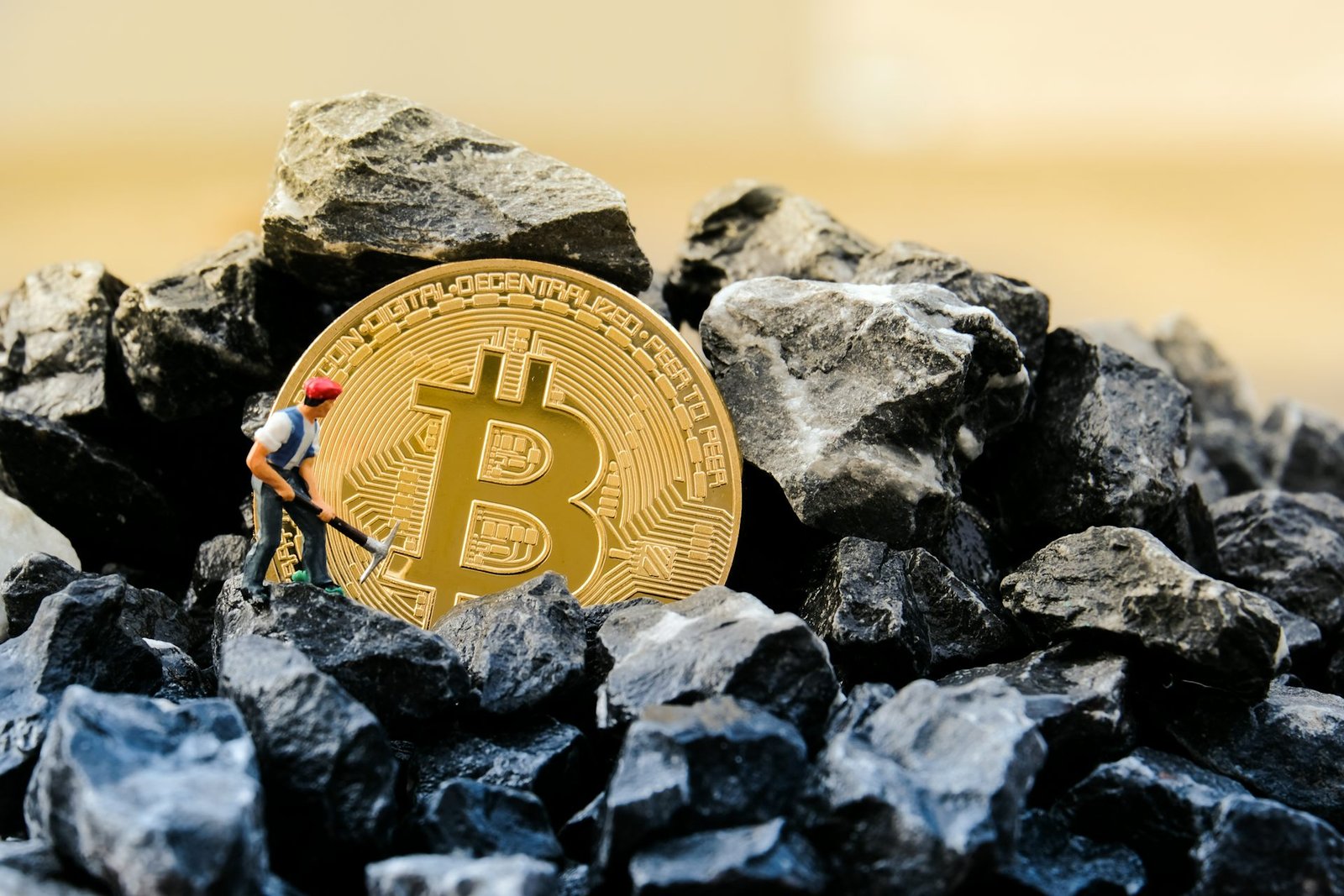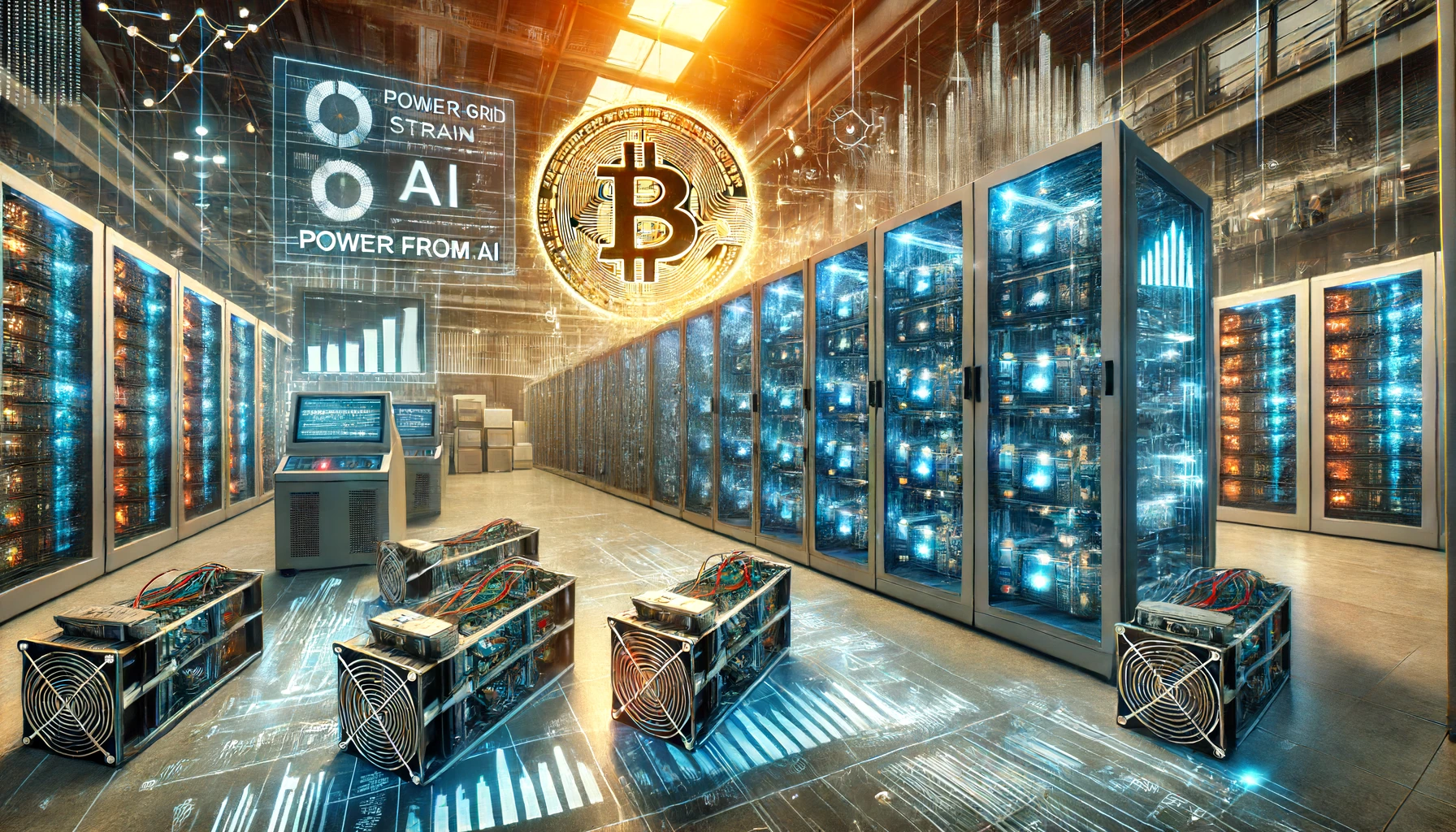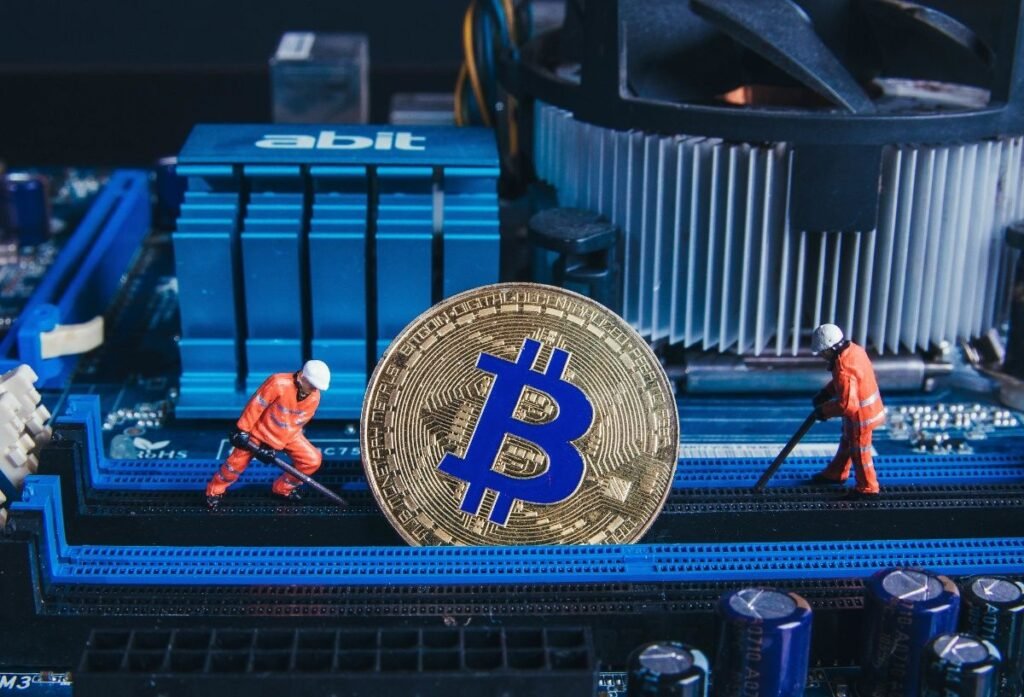Bitcoin mining is the process of adding new bitcoins to the network and adding transactions to Bitcoin’s public record, the blockchain. This step is important for keeping the Bitcoin network decentralised, and it also makes sure that transactions are safe and verified. As more and more people want Bitcoin, it’s becoming more and more vital for investors, developers, and the general public to know how mining works, why it’s significant, and what it involves.
The Core Mechanics of Bitcoin Mining
In the early days of Bitcoin, mining could be done on regular home computers with CPUs. But as the network hash rate rose, making mining harder, miners switched to more powerful GPUs (graphics processing units), then FPGAs (field-programmable gate arrays), and finally ASICs (application-specific integrated circuits).

These ASIC miners are now the most popular type of miner for Bitcoin. Prominent mining rigs like Bitmain’s Antminer S19 Pro and MicroBT’s WhatsMiner M30S++ can deliver hash rates above 100 TH/s and use of watts of electricity. This shift towards industrial-grade hardware has turned Bitcoin mining from a hobby into a capital-intensive business.
Mining Pools and Decentralization
Mining is getting harder and more competitive; thus, many miners join mining pools, which are groups that share computing power and split earnings fairly among all members. F2Pool, AntPool, and ViaBTC are some of the most popular mining pools. They pay out more consistently by lowering the range of revenue.
Pools make mining easier, but they also make people. Worry about network centralisation. One pool could command over 50% of the network’s hash rate. This pool could potentially execute a 51% attack to alter the blockchain, which would reduce the network’s security and trustworthiness.
Environmental and Energy Implications
Critics often compare the energy consumption of Bitcoin mining to that of small countries. This worry is real; mining operations run all day and night and need a lot of electricity to cool down and do calculations. But not all mining hurts the environment. More and more miners are using renewable energy sources like hydroelectric electricity in Canada, geothermal energy in Iceland, and solar and wind farms in Texas. The Bitcoin Mining Council says that more than half of all mining operations across the world currently employ some kind of renewable energy. Also, miners are starting to use stranded energy and flare gas that would otherwise go to waste, which makes the whole process more energy efficient.
Bitcoin Mining Around the World
Mining happens all throughout the world and is affected by things like electricity prices, rules, and the weather. After China banned crypto mining in 2021, a lot of the hash rate moved to places like the US, Kazakhstan, and Russia. Mining companies have been welcomed in places like Texas and Wyoming because energy costs are low and the rules are good.
Other countries have been more careful or even hostile. For example, Iran controls mining permits and sometimes stops mining when there isn’t enough energy. El Salvador, on the other hand, is looking at using volcanic geothermal energy to power its mining activities. This is because it has made Bitcoin legal tender.
Regulation of Bitcoin Mining
Regulators are paying more attention to mining as it gets more popular. Mining in the US is regulated by both state and federal laws. Companies must follow rules for the environment, taxes, and possibly Know Your Customer (KYC) and Anti-Money Laundering (AML) rules.
Some places are arguing about whether to treat mining operations as data centres, utilities, or industrial firms. Each of these has its tax and zoning effects. The International Energy Agency (IEA) and the Cambridge Centre for Alternative Finance are two organisations closely monitoring Bitcoin mining and disseminating information on its impact on the environment and economy.
The Future of Bitcoin Mining
New technologies are going to change mining. New technologies like immersion cooling, which puts mining equipment in thermally conductive liquids, are making technology last longer and use less energy. Stratum V2 and other decentralised mining protocols also try to make mining safer and give miners more freedom by giving them less influence over how blocks are built.

Over time, the block reward will keep going down, and transaction fees will become the main source of income for miners. This change could have an impact on the economics of mining and lead to more innovation to keep the network profitable and secure.
Final thoughts
Bitcoin mining is an important procedure that creates new bitcoins and protects the decentralised network by proving its its work. Mining has grown from small hobbyist setups to today’s massive mining farms. Is similar to the growth and development of the Bitcoin ecosystem as a whole. Environmental concerns and government regulation continue to pose challenges. But new ideas and the push for renewable energy are potential ways to solve them.
Bitcoin mining is still at the heart of the world’s most valuable and stable blockchain network, thanks to global engagement, technological progress, and the inexorable march towards decentralisation.

















